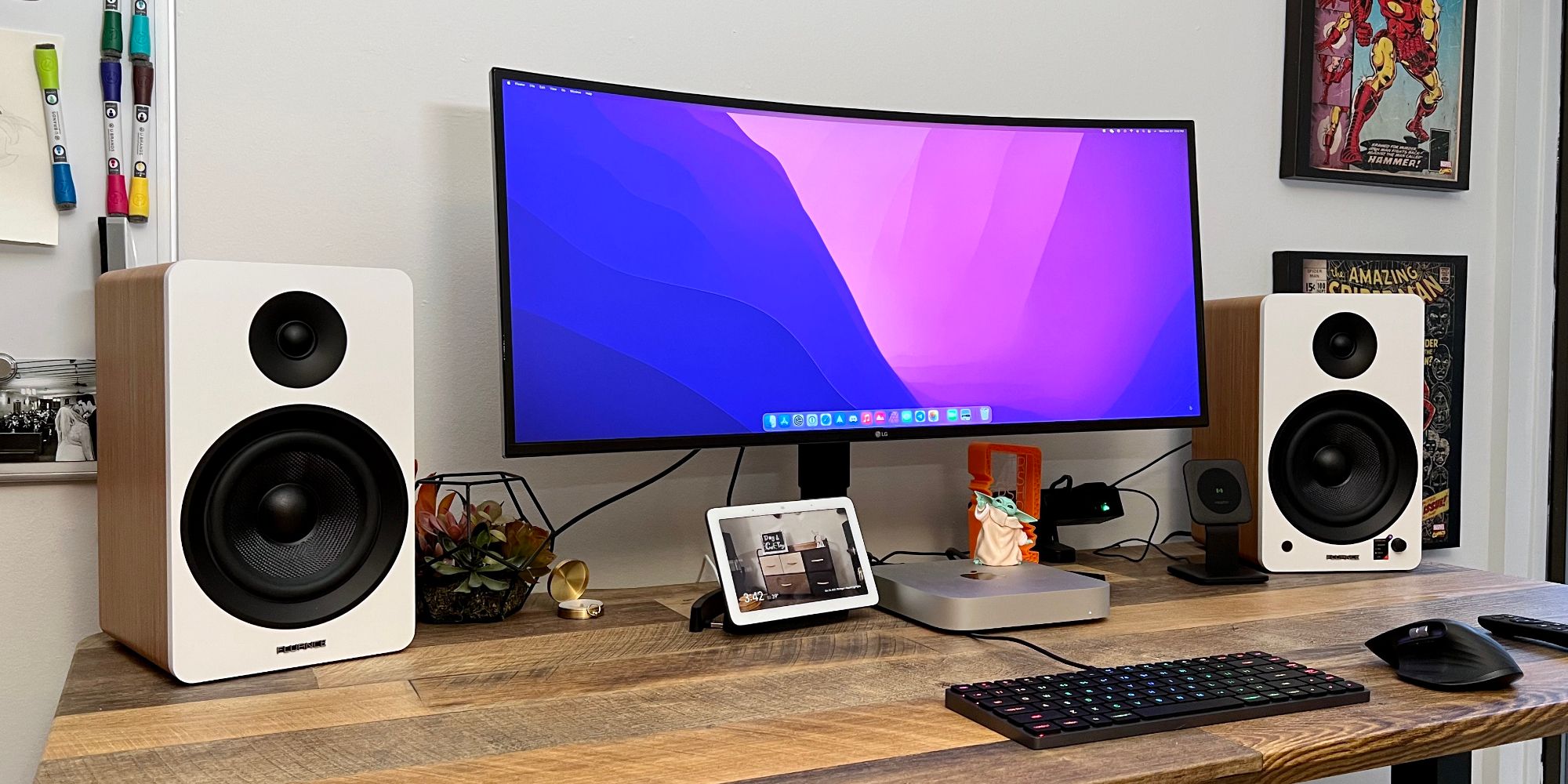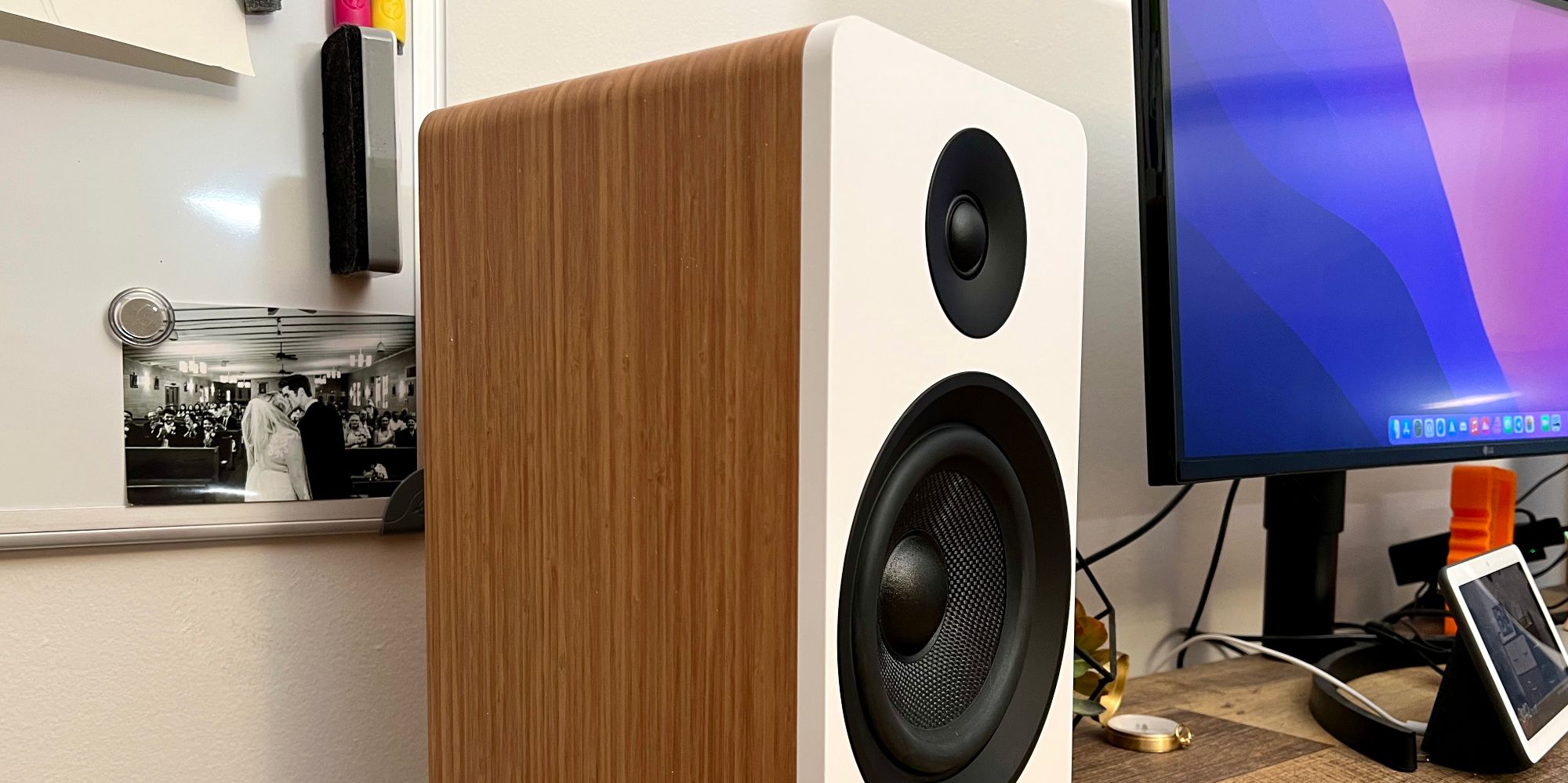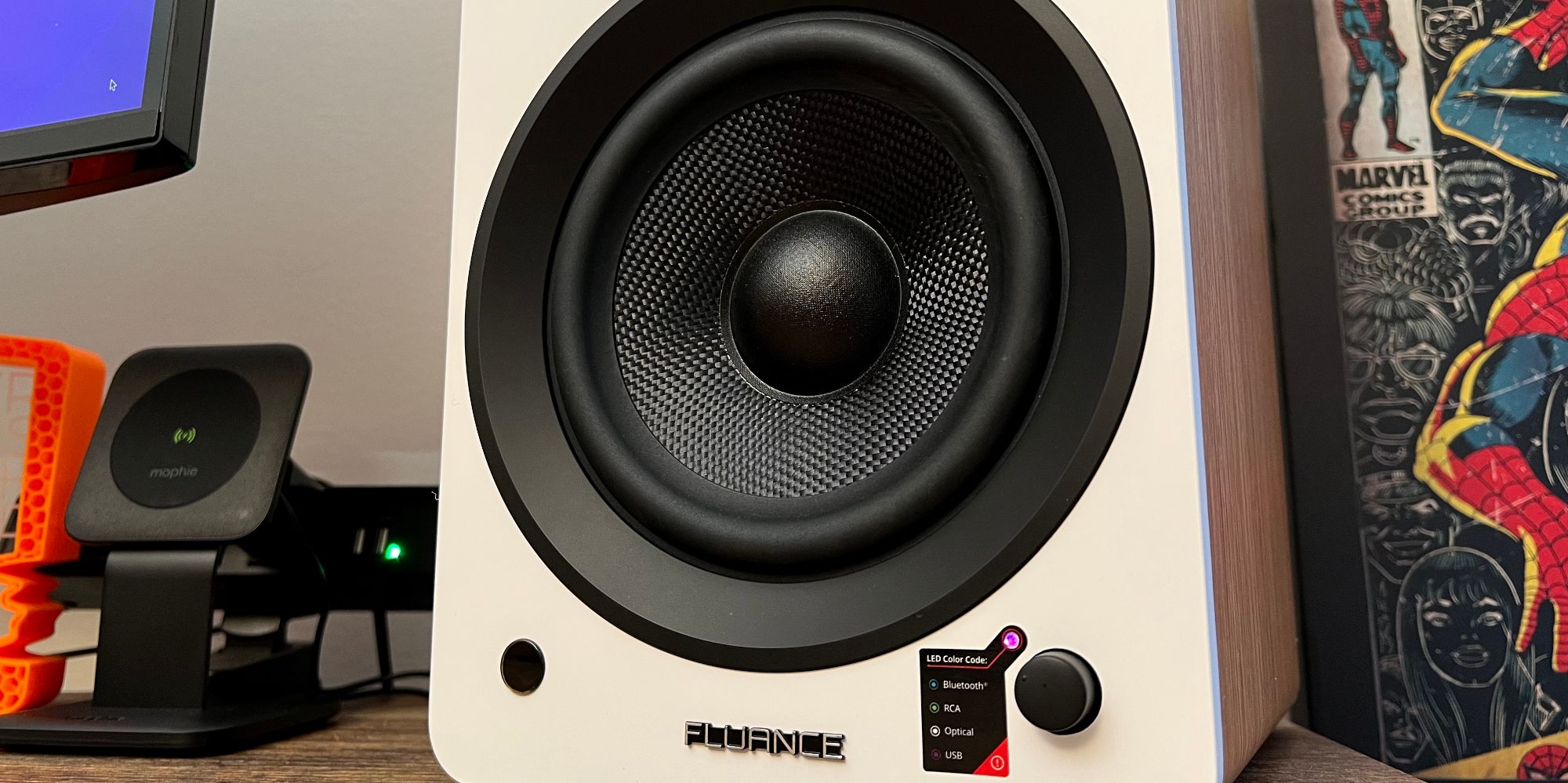Smart speakers from the likes of Sonos and Amazon are all the rage for home audio these days, but for someone who wants an elevated listening experience without all of the smart home fluff, the Fluance Ai61 could be a perfect match. Ever since the original Amazon Echo and Google Home launched in 2014 and 2016, respectively, the home audio market has shifted dramatically.
Today, any new speaker that comes out typically has some kind of 'smart' ability. Whether its Sonos speakers seamlessly connecting to each other or Amazon Echo speakers bringing Alexa into people's homes, all the big speaker names are laser-focused on being as smart as possible. The convenience of these connected speakers is great. They all talk to each other, can control other smart home devices, look for upcoming calendar appointments, and so much more. However, when these smart devices dominate the market, finding non-smart alternatives can be a challenge.
A few months ago, Fluance sent me its Ai61 bookshelf speakers. The
Ai61 aren't 'smart' in any way. They don't have a built-in voice assistant, wirelessly pair with other Fluance speakers, or anything of that nature. Instead, they're just traditional bookshelf speakers that try to sound as good as the $300 retail price allows. Overall, Fluance did an incredible job.
What I Love (And Dislike) About The Fluance Ai61
Right off the bat, the Fluance Ai61 are gorgeous. The speakers are available in a few different finishes, with my units touting the 'White Bamboo' color. The whole package looks and feels outstanding. The bamboo is top-notch, the white front looks great even after months of use, and the hefty weight of the speakers makes them feel far more premium than the mid-range price suggests (14 pounds for the active speaker, and 13 pounds for the passive one). The only button on the speaker itself adjusts the volume and changes the current input — cycling between Bluetooth, RCA, Optical, and USB. The included remote offers further playback controls for skipping tracks, playing/pausing, and adjusting the treble or bass.
So, how do the Ai61 actually sound? Very good! They tout a 1-inch tweeter, 6.5-inch woofer, and a Class D 120W amp. The sound profile out-of-the-box is very bass-heavy and required some adjusting to make it less intense. However, after knocking the bass down a couple of pegs, I was really pleased with how the Ai61 handled everything from music to movies. Audio is nicely balanced, there's a good oomph whenever it's necessary, and the soundstage is good, too. Coming from a pair of Nest Audios that were previously on my desk, the Fluance Ai61 is a dramatic upgrade. Audio is richer, more complete, and feels like it has more room to breathe. That's to be expected coming from $99 smart speakers to a pair of bookshelf speakers like this, but it was a welcome change of pace that I haven't experienced in a long time. Also, for not being smart speakers, the Ai61 have a great amount of flexibility for virtually any use case. I have them connected via USB to my Mac mini as overkill desktop speakers. They could also be used with a turntable, connected to a TV for great stereo audio, or paired to a phone/tablet over Bluetooth.
Does that mean everyone should rush out and buy the Fluance Ai61 right now? In a world of constantly-expanding smart speakers that do everything and the kitchen sink, the Ai61 can feel a bit archaic. They're heavy, require multiple cables, and don't check the weather when asked. However, for the person who's OK with all of that and welcomes a more traditional audio experience, there's a lot to like here. Fluance's speakers look incredible, sound even better, and are available in a stereo pair for $299. If you can forgo the convenience of Alexa or Google Assistant, they're absolutely worth a look.
Source: Fluance



